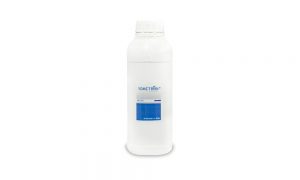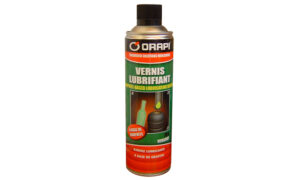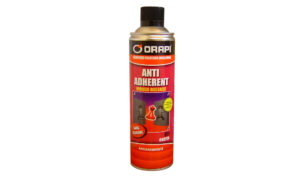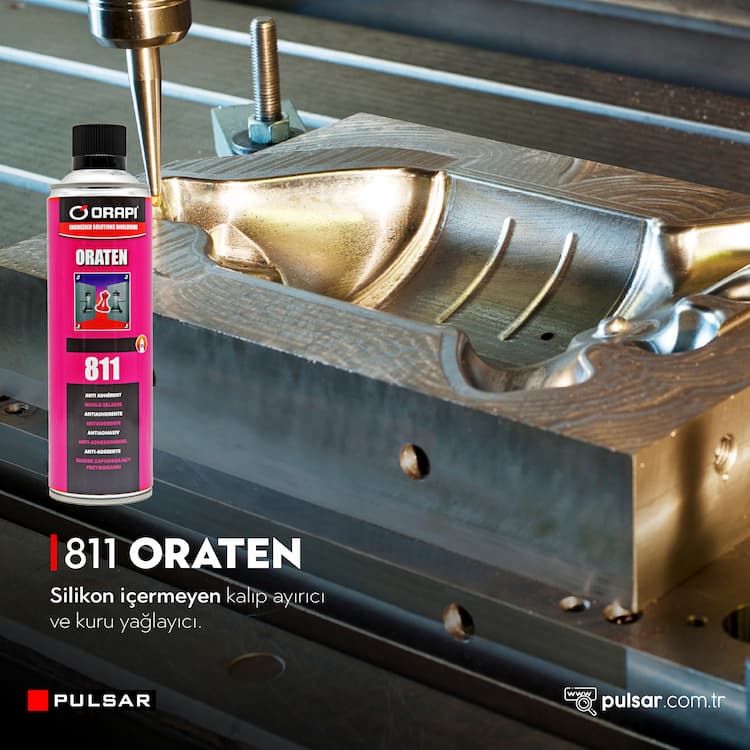What is a Mold Release Agent?
Mold release agent is a chemical used in industrial manufacturing processes to prevent molded parts from sticking to the surfaces of molds. Mold release agents are an essential part of the manufacturing process.
Acting as a barrier between the mold and the part, Mold Release Agents prevent the material from sticking to the mold by staying between these two surfaces. This way, the separation process becomes quick and easy. Additionaly, they ensure that those very valuable molds are not damaged.
There are different mold designs available in the industrial mold manufacturing sector. These are;
- Plastic mold types
- Plastic injection mold
- Thermoset mold
- Thermoform (vacuum) molds
- Blow molds
- Extrusion mold
- Metal injection molds
- Metal Form and Cutting-Plastering Molds
- Forging molds.
When using aforementioned mold types, Mold Relase Agents are used to prevent any interruption in the manufacturing process. In addition, the design in which the most variety of plastics are produced is plastic injection molds.
Mold Release Agent Types
Commonly used types of mold release agents are:
- Silicone mold release agents,
- Silicone-free release agents,
- Water-based release agents,
- Solvent based release agents;
(used as liquid or spray.)
Silicone Mold Release Agents:
They are known as one of the multi-purposed lubricant and mold release products. Silicone mold release agents are chemicals which have a wide usage range in the plastic mold industry. They contain special-purposed lubricant that can also be used in the separation process. They prevent the adhesion of materials like plastic, rubber and caoutchouc to the molds during the molding processes which carries out in hot environments. Thanks to its resistance to high temperatures, it allows the separation of different types of materials from each other and can also be used as a lubricant product
Silicone-Free Mold Release Agent:
Alongside with its dry lubrication propert, it is a chemical that can be used as a non-flammable mold release agent in the molds of acrylic, rubber, plastic derivatives such as polyethylene, polypropylene, polyurethane and similar products. Silicone-free mold release agents are sprays suitable for use in molds that belongs to the parts to be painted or bonded after the manufacturing. It decreases the friction by forming a non-sticking thin film layer. Also, it is resistant to high temperatures.
Water-Based Mold Release Agent:
These are chemicals that are mostly used with polyurethane products, which prevents the parts from deforming and allows them to seperate easily by forming a thin film layer. In addition, does not create pollution in the mold.
Solvent Based Release Agent:
When compared to water-based mold relase agents, they are used with the same products. Provides much faster drying compared to water-based mold release agents. It has negative effects on human and environmental health. Due to its flammable and combustible properties, it would be more appropriate to use them by ensuring the safety of the production line and personnel.
What are the Differences Between Mold Release Agents?
Mold release agents containing silicone have the feature of not accepting paint or adhesive on the surfaces that they come into contact with. For this reason, the materials that separeted by using a silicon-free mold release agent from the mold are paintable and bondable.
Pulsar Chem. Mold Release Solutions
Pulsar Chem. who provides customised solutions to the manufacuring processes holds mold release agents belonging to Adhetron and Orapi brands in its portfolio. Some of the solutions offered in this context are;
It is a water-based coating consisting of high purity natural graphite and amorphous carbon particles. It is used as mold release agent in the sintering process.
It is a lubricanting, water-repelling, non-sticking and water-resistanting silicone-based release agent.
Used as a mold release agent in, casting furnaces where the temperature is high and glass industry.
It is a silicone-free mold release agent and dry lubricant. Parts that are coming out of the mold can be painted.
For detailed information, you can contact us via the contact page.





